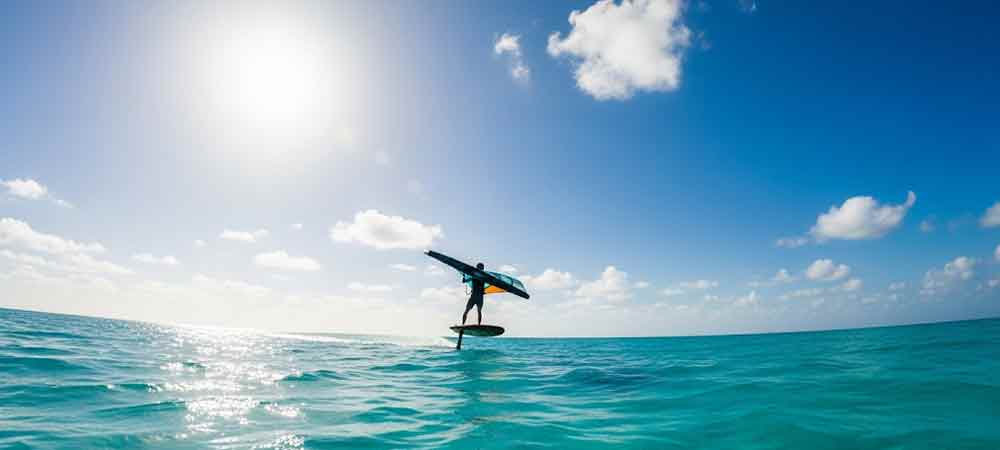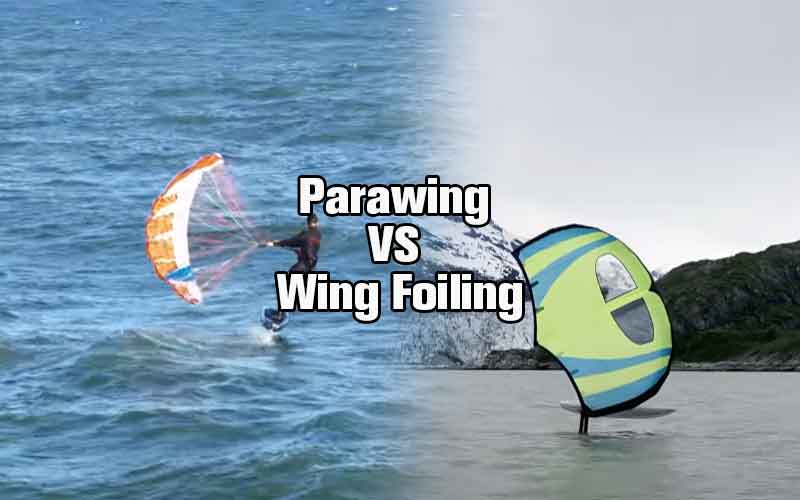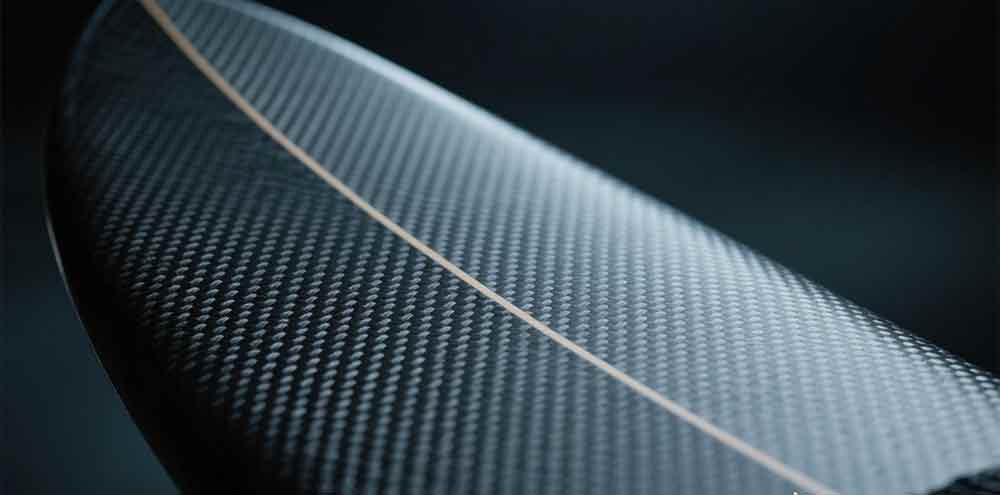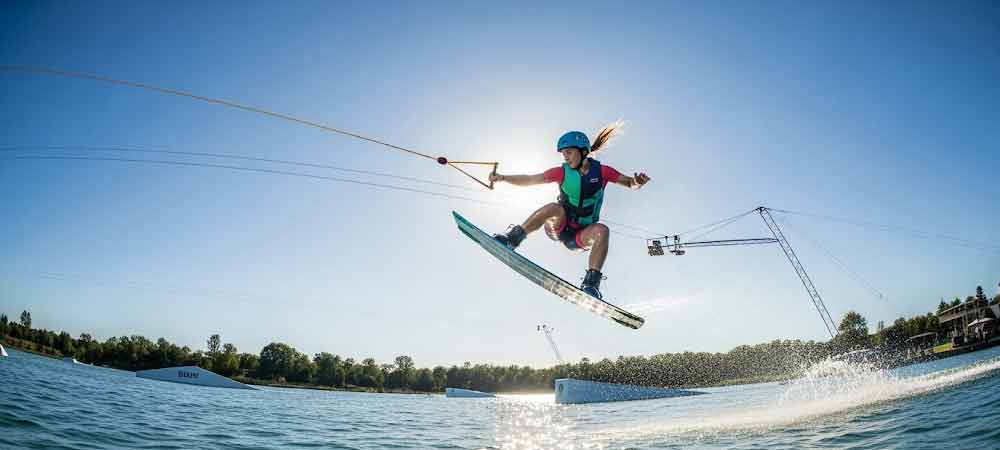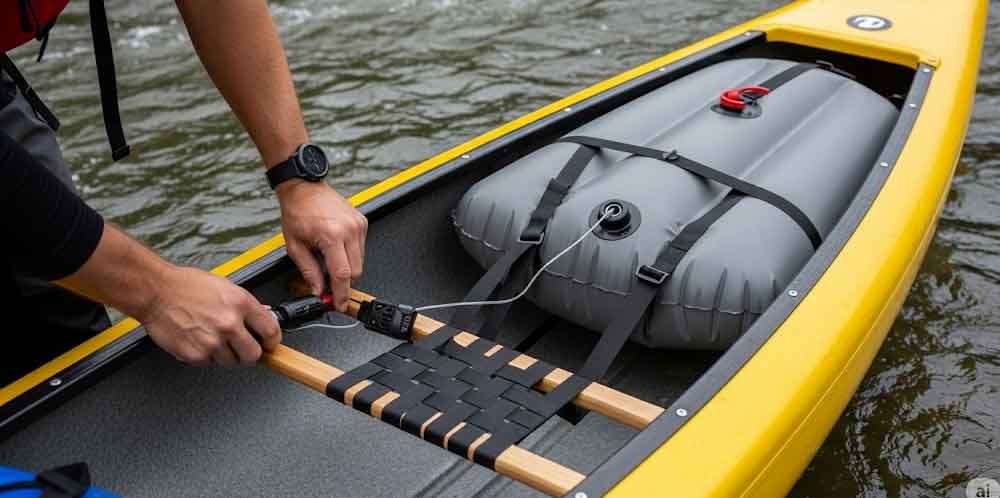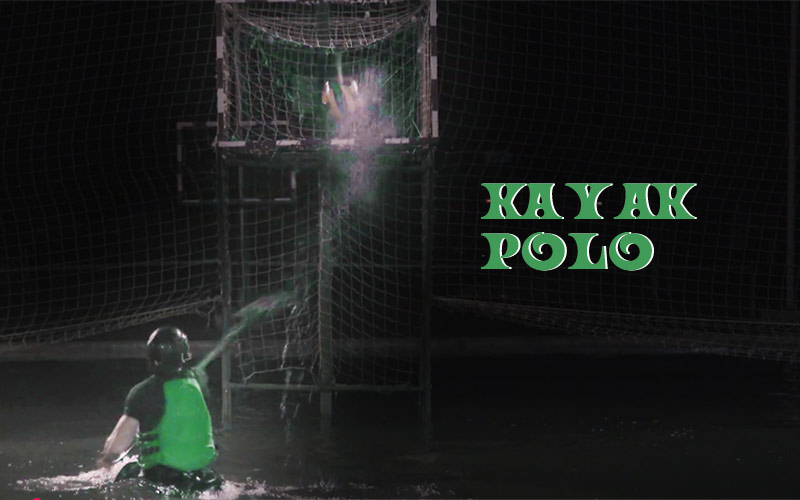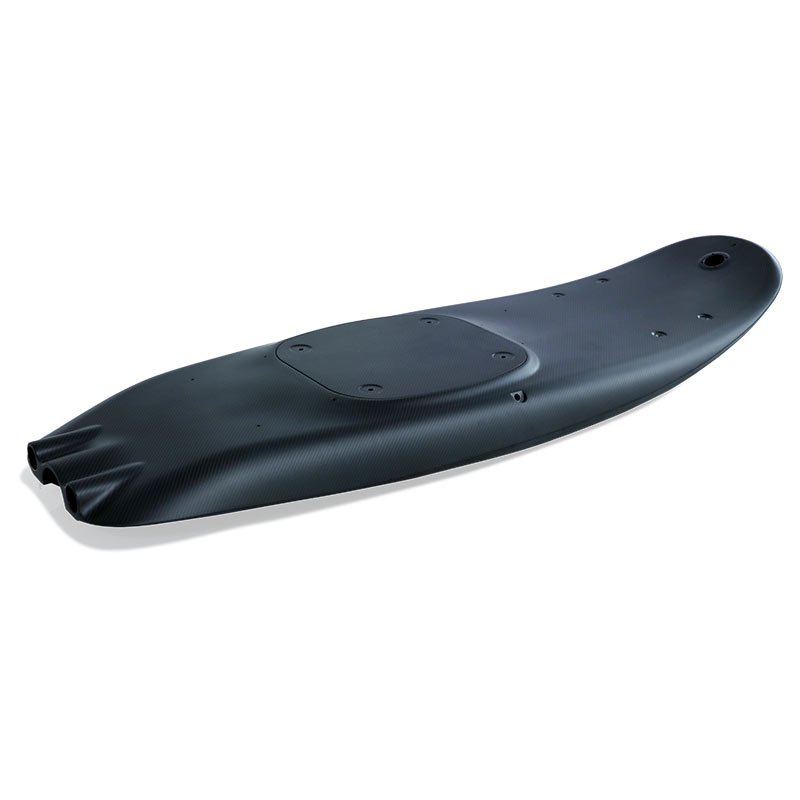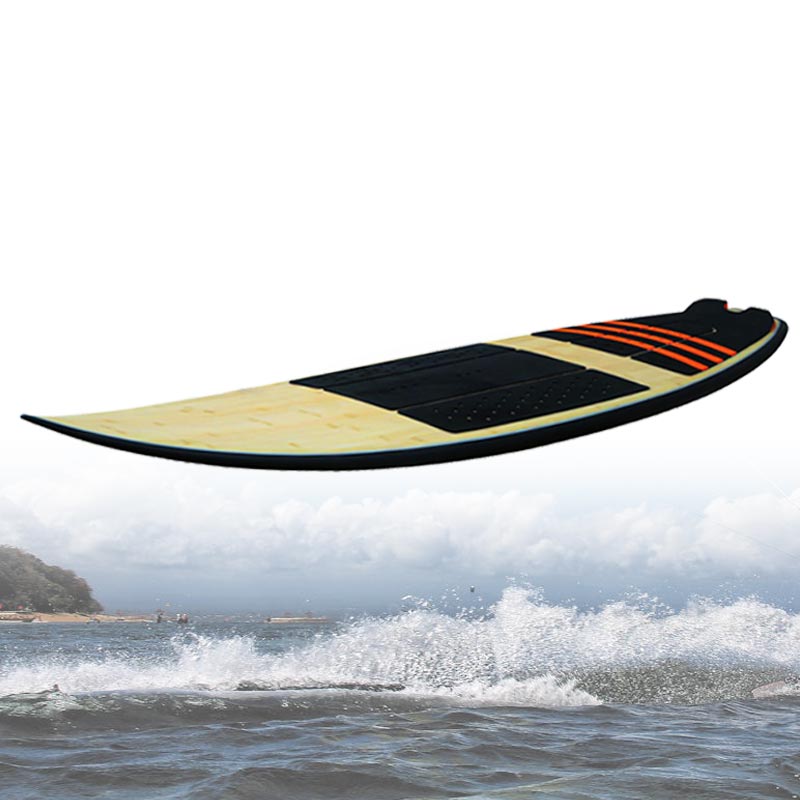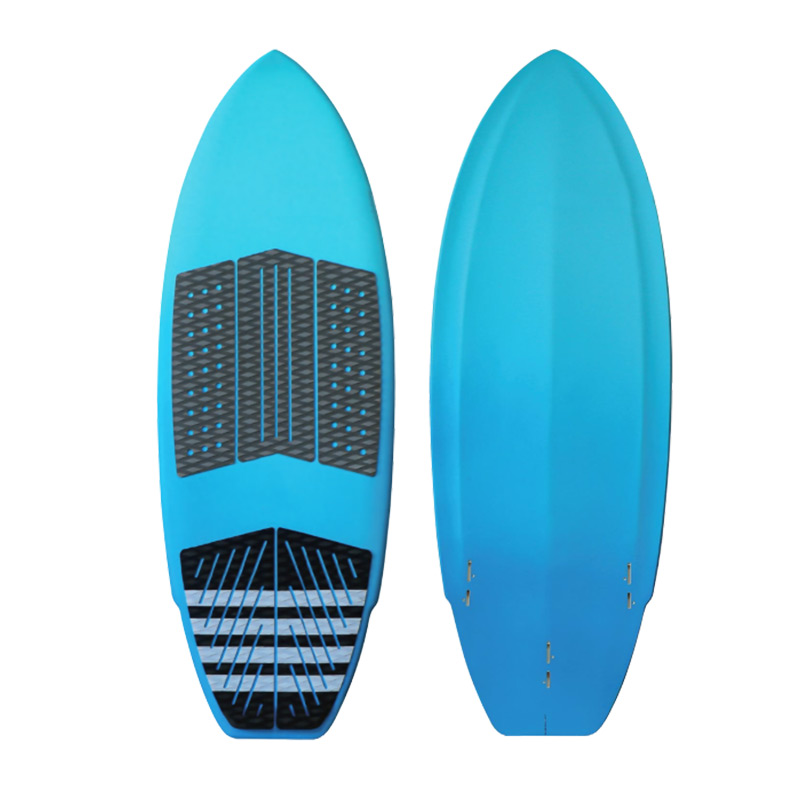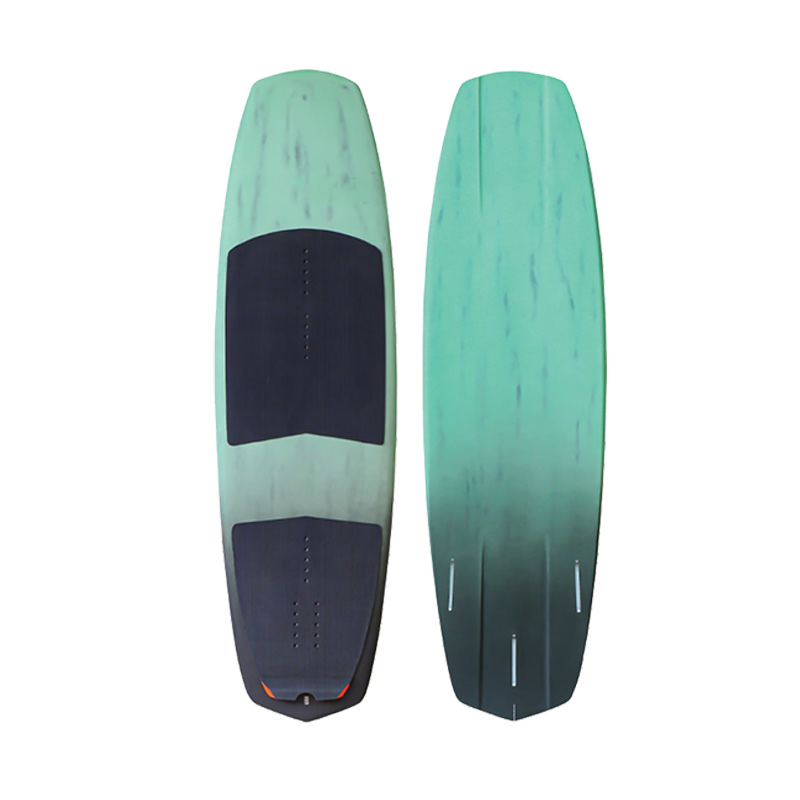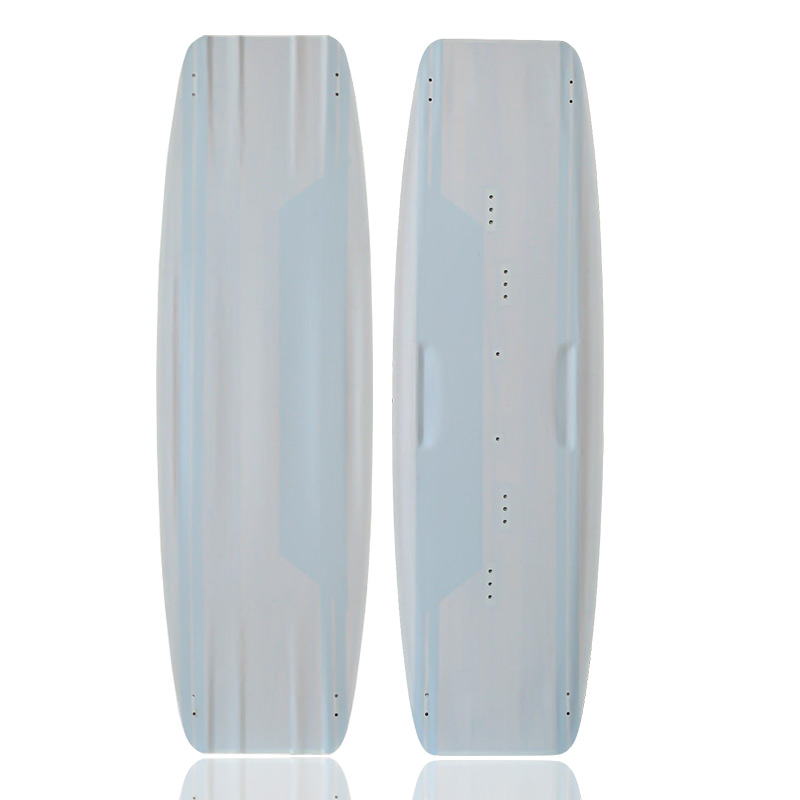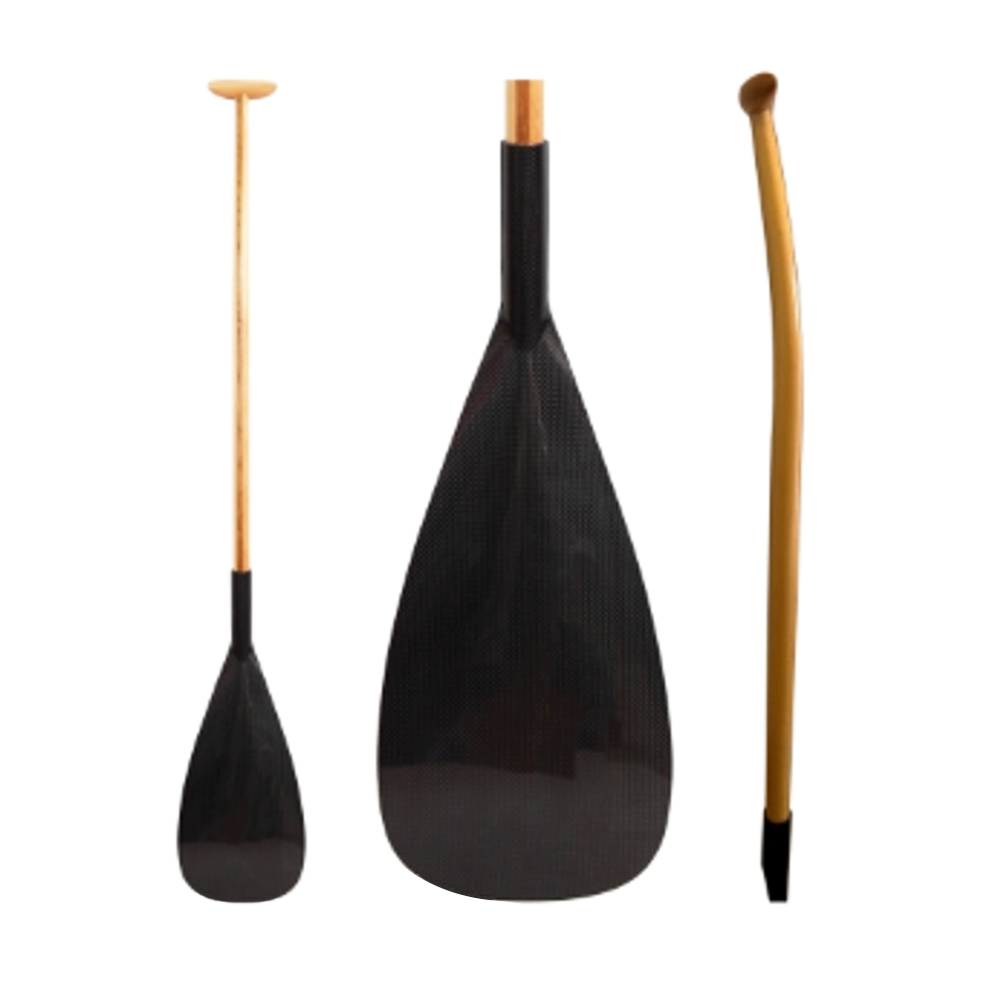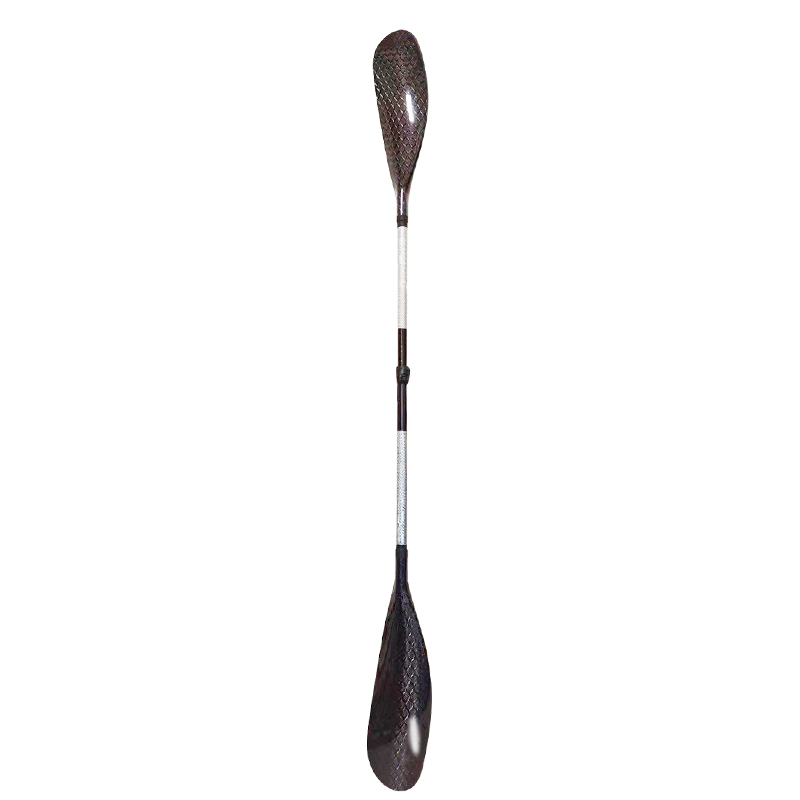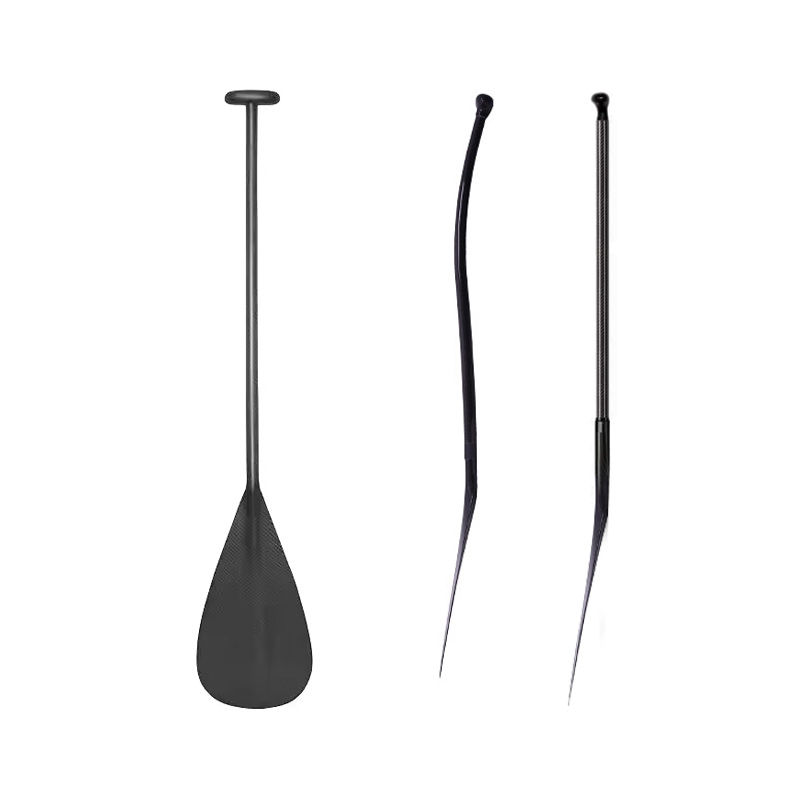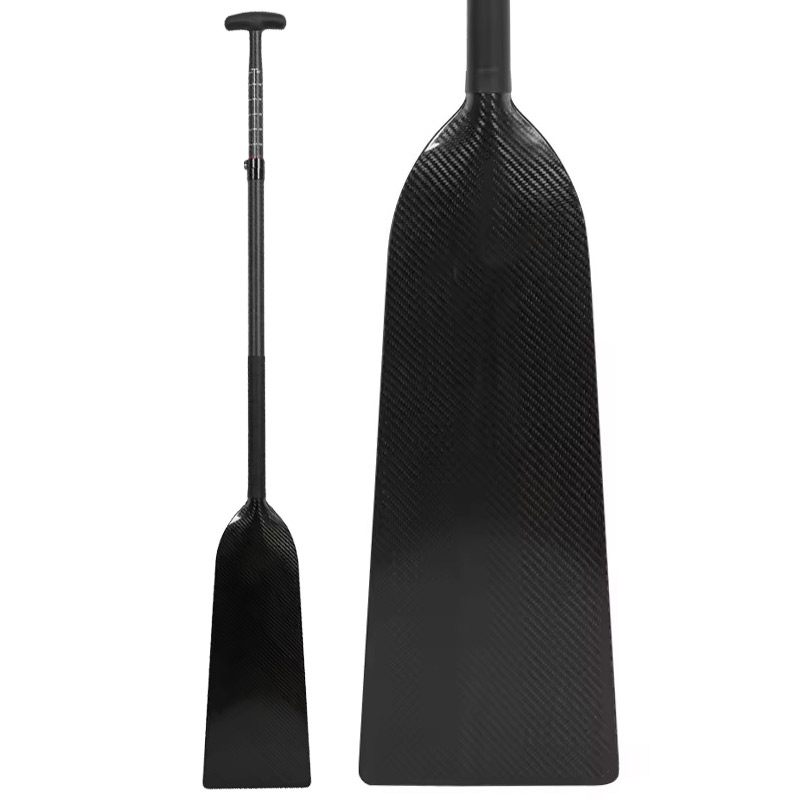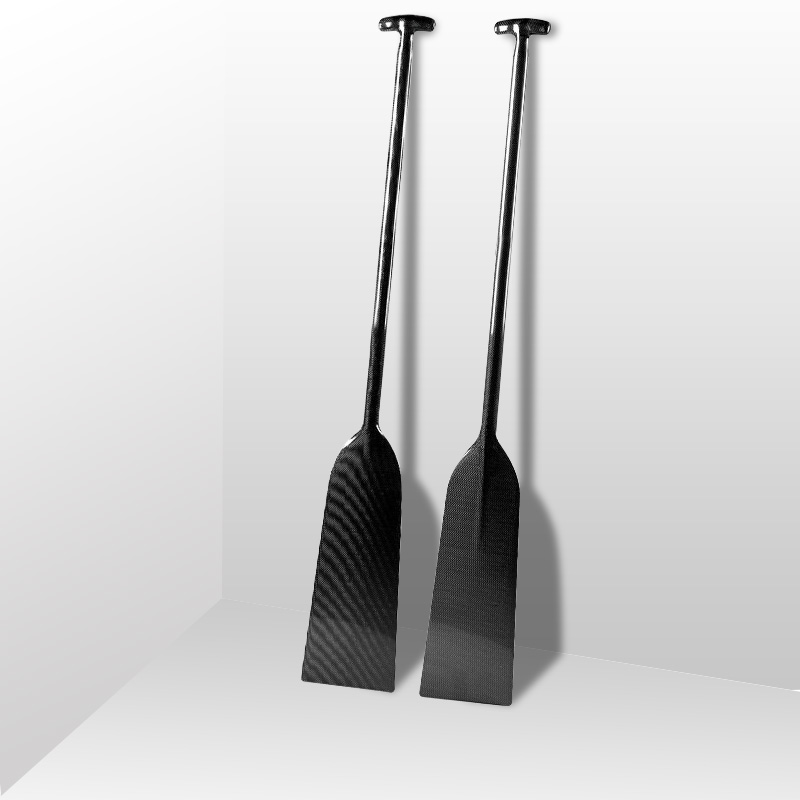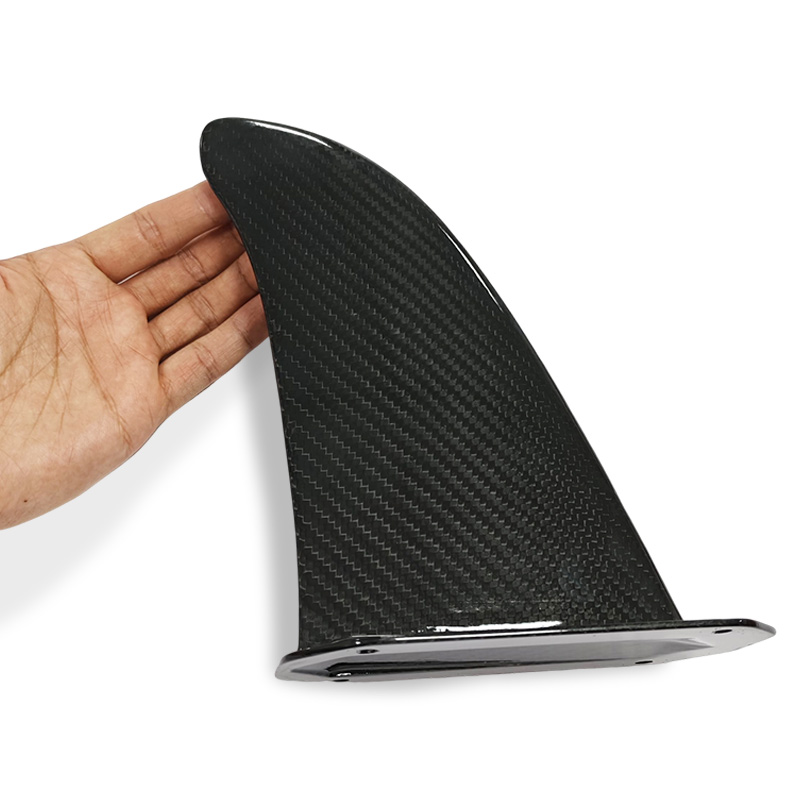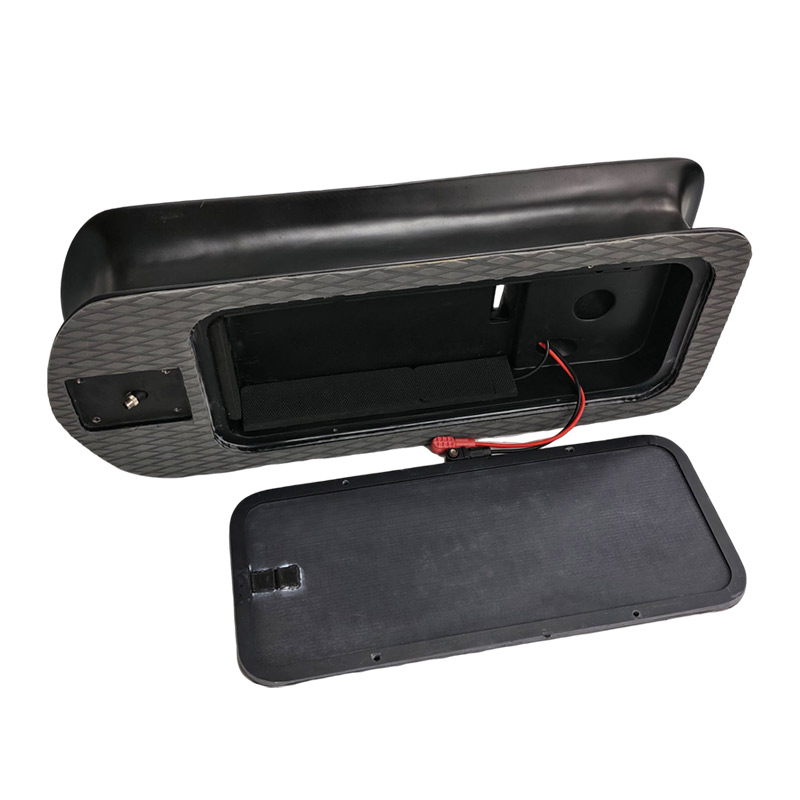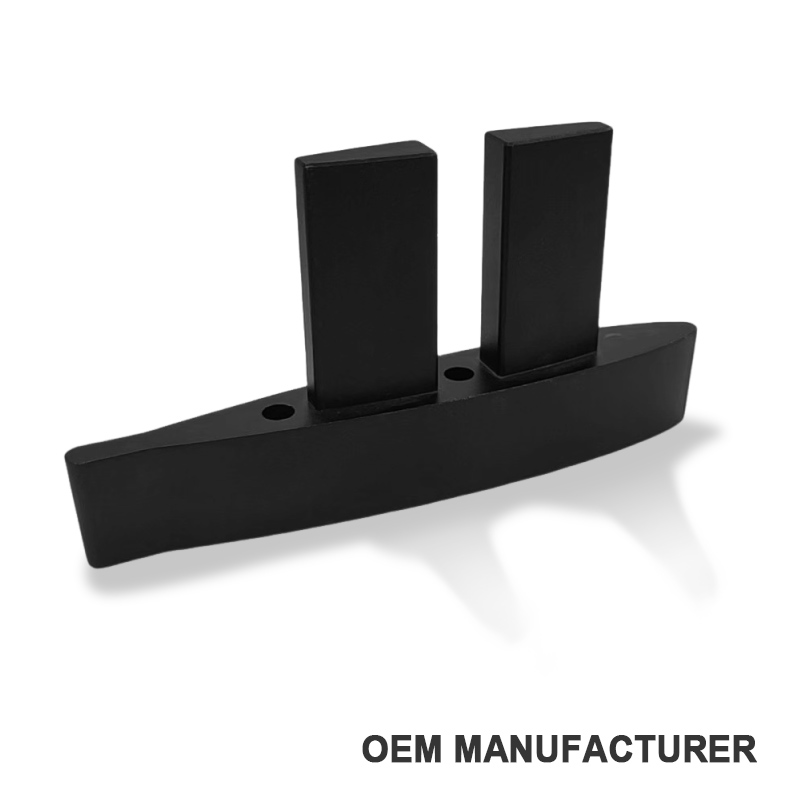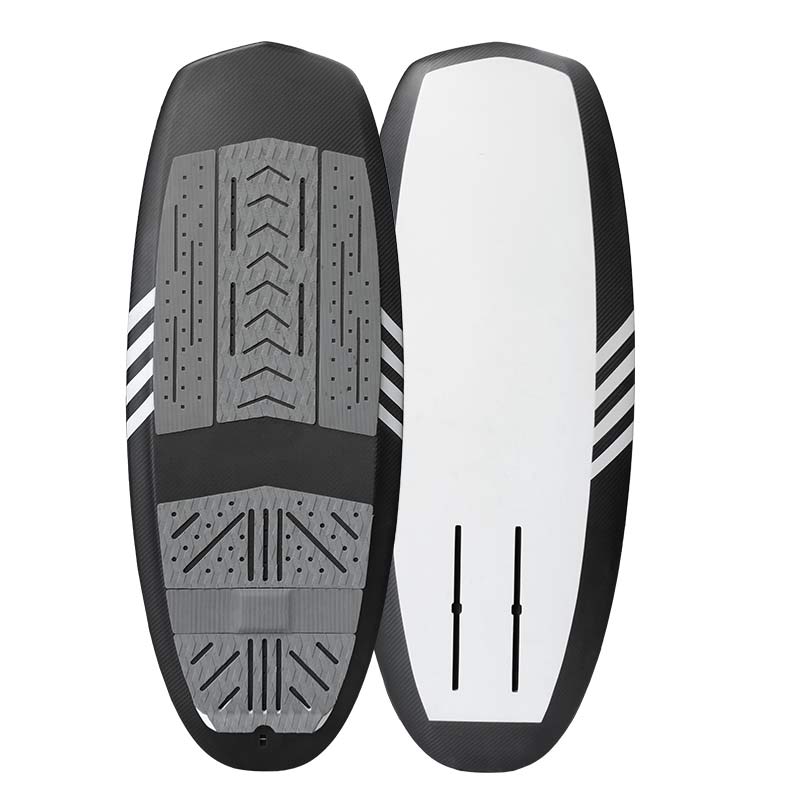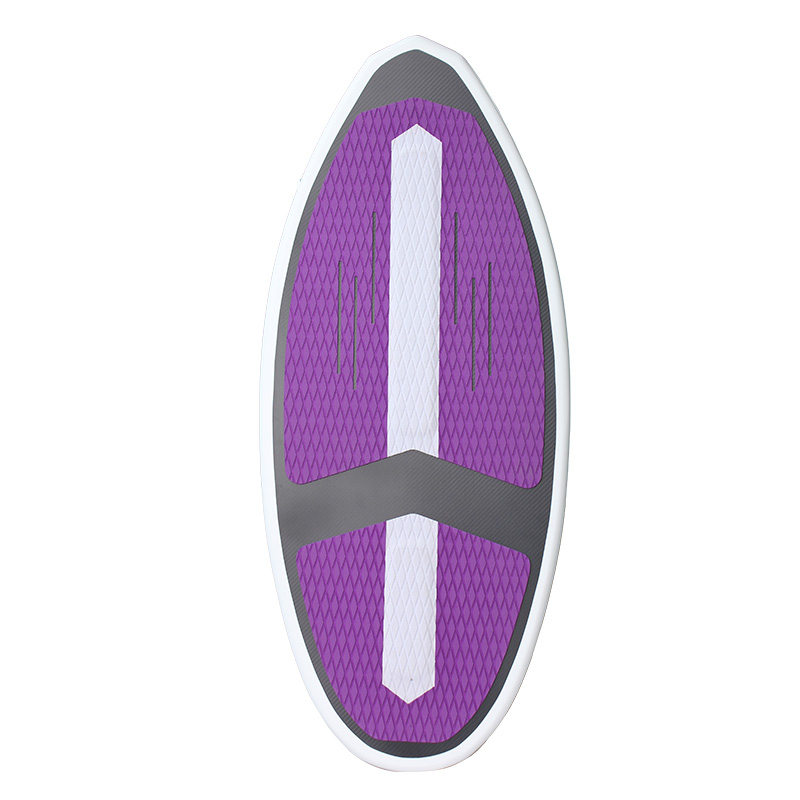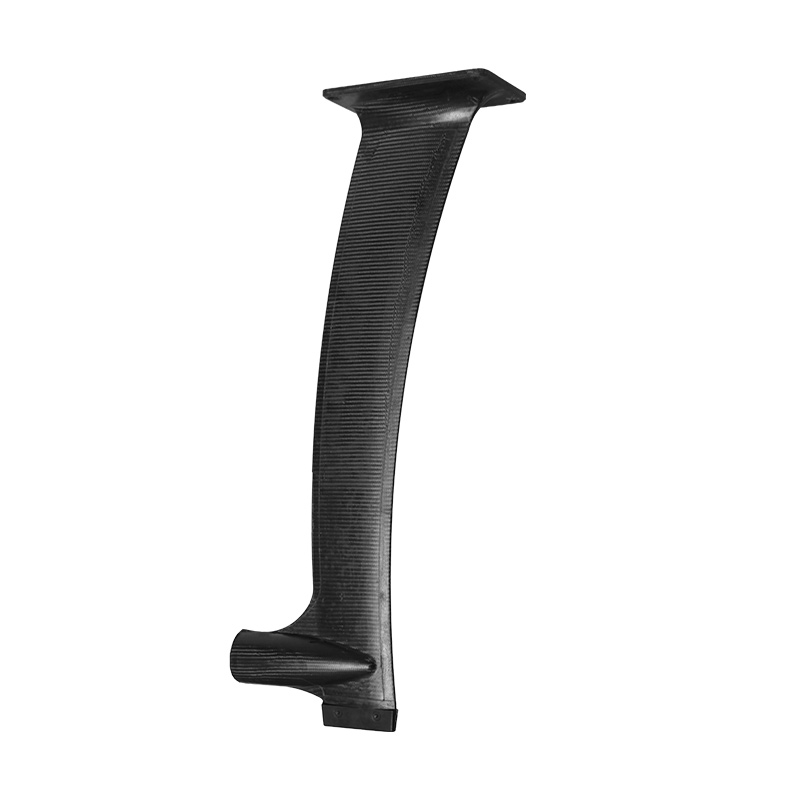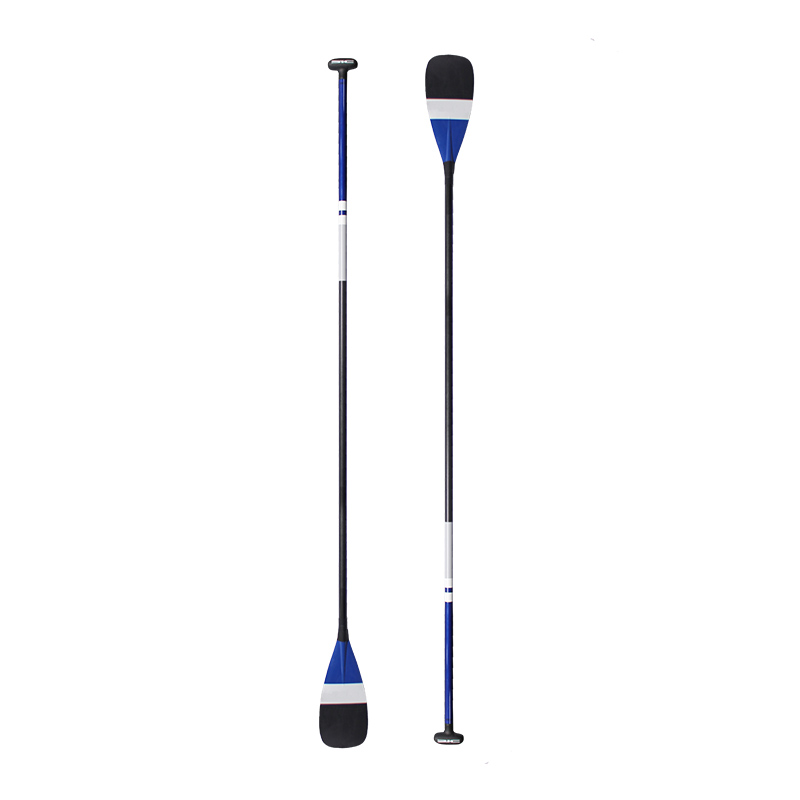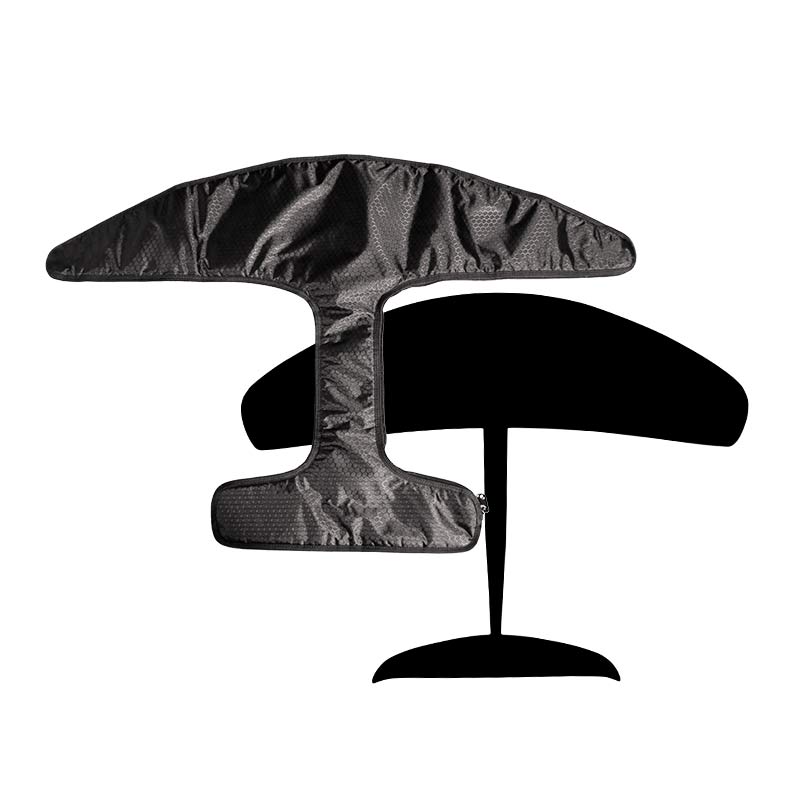A Greenland kayak, also known as a ‘qajaq’ in Greenland, is a traditional kayak that has been used by the Inuit people for various purposes, such as sealing, whaling, fishing, and recreation. The Greenland kayak is characterized by its low volume, tight fit to the body, and close connection to the water, providing full control and a unique paddling experience.
Greenland-style kayaking has experienced a resurgence in recent years, with thousands of people participating in the sport. The appeal of Greenland-style kayaking lies in its simplicity, affordability, and the opportunity to develop traditional paddling techniques. The sport has also seen a growth in popularity through kayak symposiums, demonstrations, and workshops. Today, this article will introduce it and tell more information about it.
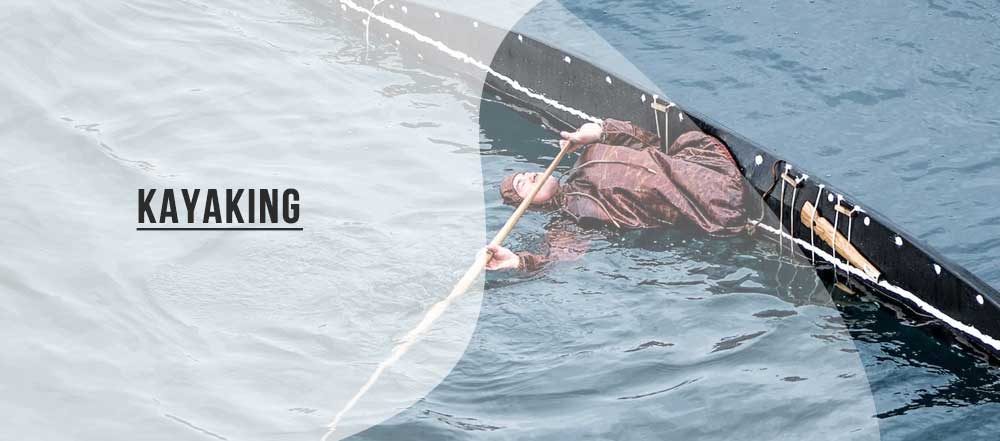
What is a Greenland-style kayak?
As we say at the beginning, the mystique of a Greenland-style kayak captures the essence of Inuit craftsmanship, embodying a centuries-old legacy of maritime ingenuity. This unique watercraft is not merely a vessel but an eloquent expression of cultural prowess, meticulously designed for the Arctic waters it calls home.
The Evolution of Greenland Kayak
The history and development of the kayak can be traced back to the Inuit people, who would train from an early age to master the craft. Today, the traditional qajaq is still seen in many towns and at annual kayak meetings. These sleek, slender vessels evolved from necessity, serving as indispensable tools for survival and sustenance in the unforgiving Arctic environment. The classic Inuit hunting kayak, hailing from Greenland, boasts a slim, narrow, and curved silhouette, showcasing an angular cross-section that defines its grace and efficiency.
As time waltzed forward, the Greenland kayak witnessed a metamorphosis. Contemporary enthusiasts, driven by an appreciation for tradition, revitalized the art of Greenland-style paddling. Today, sepia-toned photographs and oral histories intertwine with modern-day theories, encapsulating the enigmatic origins of this timeless watercraft.
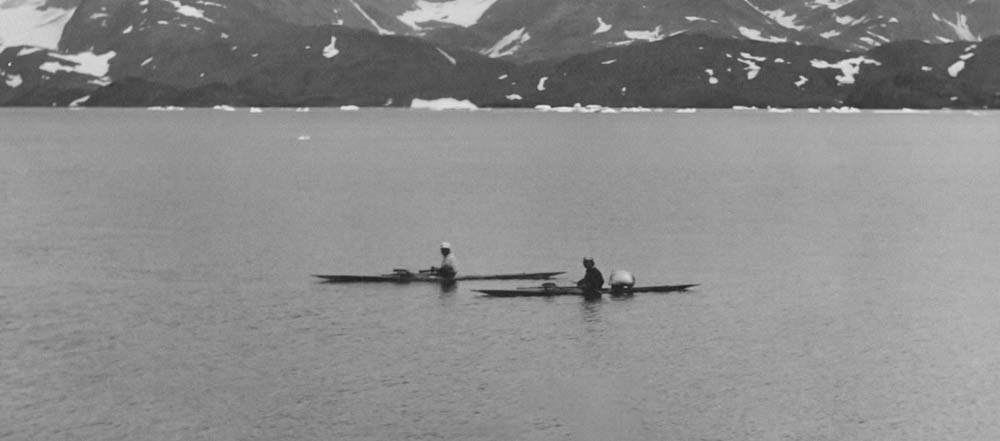
The Types and Uses of Greenland Kayak
Now in Greenland, kayaking transcends the realms of casual pastime or sport; it is a cultural emblem, a bridge connecting Inuit legacy with modern aspirations. Used not only for transportation but also for fishing in the Arctic Circle, the Greenland kayak seamlessly blends utility with cultural significance
The versatility of the Greenland kayak extends beyond its historical roots. From its traditional role as a hunting companion to a contemporary symbol of eco-friendly adventure, these watercraft navigate the waters of tradition and trend with equal prowess.
The Greenland Kayak Classification
Generally speaking, there is no strict classification for these things. However, we can make a simple classification based on their design, region, purpose, and era, for your reference.
- Flat Kayak: This design is characterized by its gentle sheer line, shallow depth, and small, round cockpit. The foredeck has a slight curve athwartships, and the afterdeck is flat. The bottom is also quite flat, both side-to-side and front-to-back.
- Avasisaartorq Kayak: This type of kayak is mentioned in the context of Greenland kayaks but without much detail about its specific features.
- Thule Kayak: Another type of Greenland kayak, the Thule kayak is also mentioned without much detail about its specific features.
- Cult Kayak or Piaaqqisiaq: This kayak is mentioned as one of the types of Greenland kayaks, but further information about its features is not provided.
- West Greenland Kayak: This type of kayak is known for its maneuverability, quickness, and relatively stable performance. It is often considered a good choice for users from child size up to 240lbs.
- East Greenland Kayak: This kayak is a near copy of a kayak collected in the early 20th century and has a balance of overall performance features.
- Modern Greenland Kayaks: These kayaks are inspired by traditional Inuit hunting kayaks and are designed for paddlers who want a traditional-style kayak. Examples include the Caribou by Current Designs, the Ellesmere by Boréal Design, and a composite version of Jay Babina’s Outer Island design produced by Impex.
Greenland Kayak VS. Traditional Kayak
Embarking on the vast waters of kayak exploration, enthusiasts often encounter the intriguing debate surrounding Greenland kayaks and their traditional counterparts. Let’s delve into the nuances that set these aquatic companions apart, navigating through the distinct characteristics that define each.
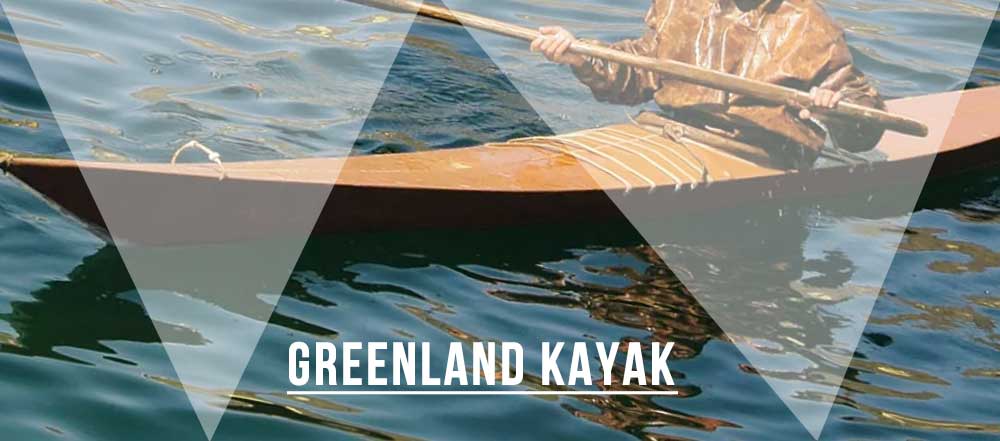
About Design
The Greenland kayak, with its slender, elongated silhouette and pronounced upswept bow, orchestrates a symphony of elegance on the water. Characterized by hard chines and a narrow profile, it epitomizes a marriage of tradition and efficiency.
In contrast, traditional kayaks, diverse in their forms globally, often showcase softer chines and a broader beam. These kayaks, with their varied designs, carry the rich tapestry of cultural aesthetics, reflecting the regional craftsmanship that birthed them.
Paddling Through Performance
Greenland kayaks excel in precision paddling, allowing for swift maneuverability in the hands of skilled paddlers. The pointed bow pierces through waves with finesse, making them ideal for intricate maneuvers in coastal environments.
Traditional kayaks, designed for a range of purposes, offer versatility in different water conditions. Their broader beams provide stability, making them suitable for various activities, from leisurely paddling to navigating more turbulent waters.
Materials and Techniques
Greenland kayaks often employ traditional materials like wood and animal skins. Craftsmen meticulously stitch together the kayak’s skin, demonstrating a centuries-old technique that withstands the test of time.
Traditional kayaks, reflecting the resources available in their respective regions, may utilize materials like wood, canvas, or even modern materials like fiberglass. The crafting techniques vary, showcasing the adaptability of design to local resources.
In conclusion, the distinction between Greenland kayaks and traditional kayaks is a voyage through aesthetics, performance nuances, and the artistry of crafting. Each, a unique testament to the cultural landscapes that birthed them, invites paddlers to choose not just a vessel but an immersive journey into the history and craftsmanship of the waters they navigate.
Why Greenland Kayak’s Paddle is Different?
In the realm of kayaking, the paddle becomes a nuanced extension of the paddler’s intent, and the Greenland kayak’s paddle diverges with finesse from its traditional counterparts. Crafted with meticulous artistry, the Greenland paddle boasts a design that epitomizes Inuit tradition and the demanding Arctic waters it navigates.
Unlike traditional paddles, the Greenland variant features a symmetrical and elongated blade, showcasing a deliberate departure from the broader, asymmetrical Euro blade. This subtle asymmetry, coupled with a longer blade, imparts a soft stroke characteristic of Greenlandic kayaking. The choice of materials, often wood, aligns with a sustainable ethos, eschewing modern composites.
Renowned for its lower swing weight, the Greenland paddle minimizes mass towards the ends, offering prolonged endurance during extended paddling sessions. Embracing both tradition and efficiency, the Greenland kayak’s paddle becomes a testament to the seamless fusion of heritage and functionality in the world of kayaking.
If you are interested in custom a carbon fiber Greenland paddle, or other types of kayak paddle, welcome to contact us without any hesitation. Unity Sports is a professional composite manufacturer in the surfing industry.
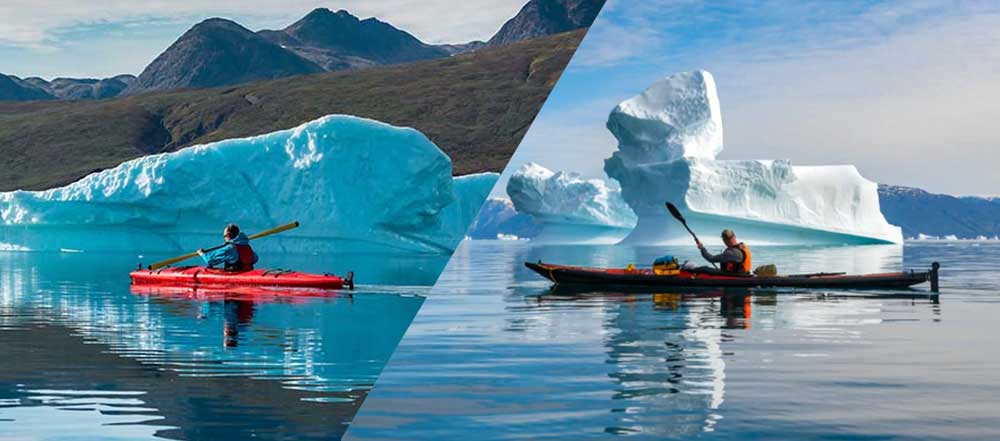
Conclusion
The Greenland kayak emerges as an indomitable symbol of cultural heritage and maritime ingenuity. This sleek watercraft, with its origins entwined in Inuit tradition, stands as a testament to the timeless synergy between craftsmanship and functionality. From the rugged landscapes of Greenland to the pages of historical essays, the Greenland kayak remains an enduring vessel, echoing the stories of skilled artisans and the artistry embedded in its every curve and contour.

